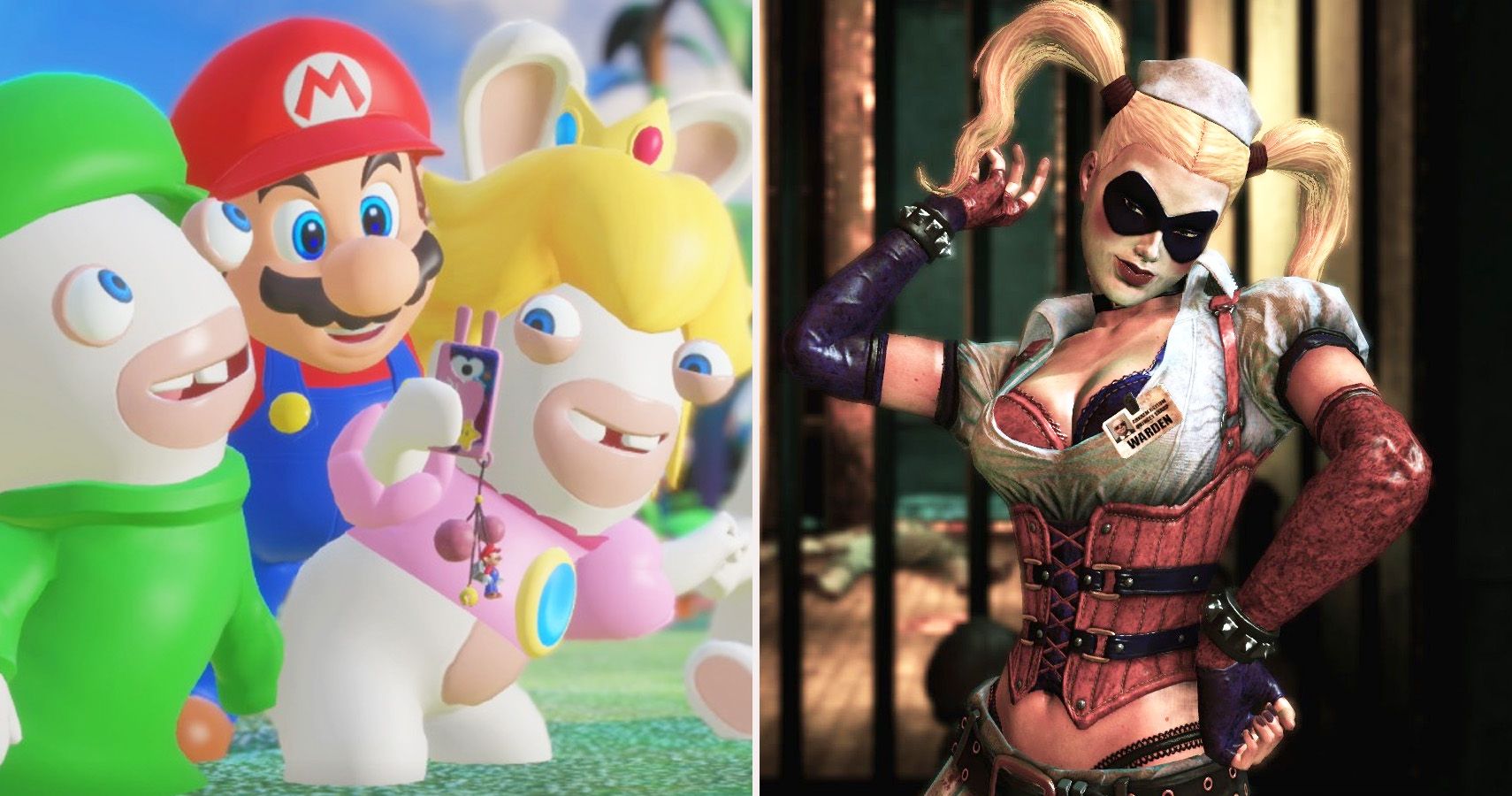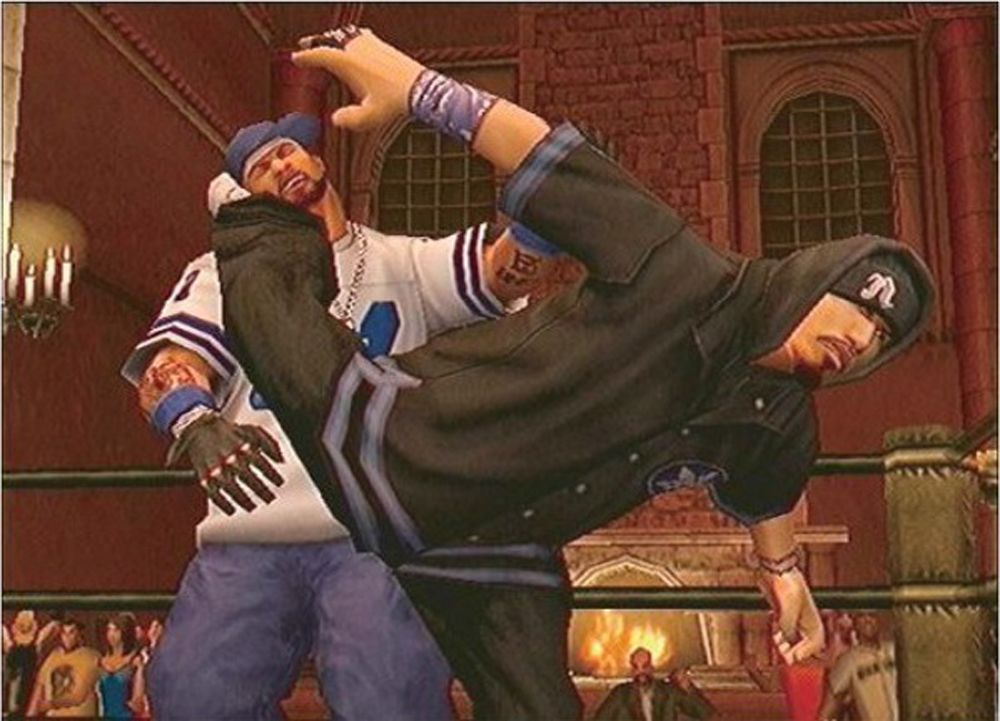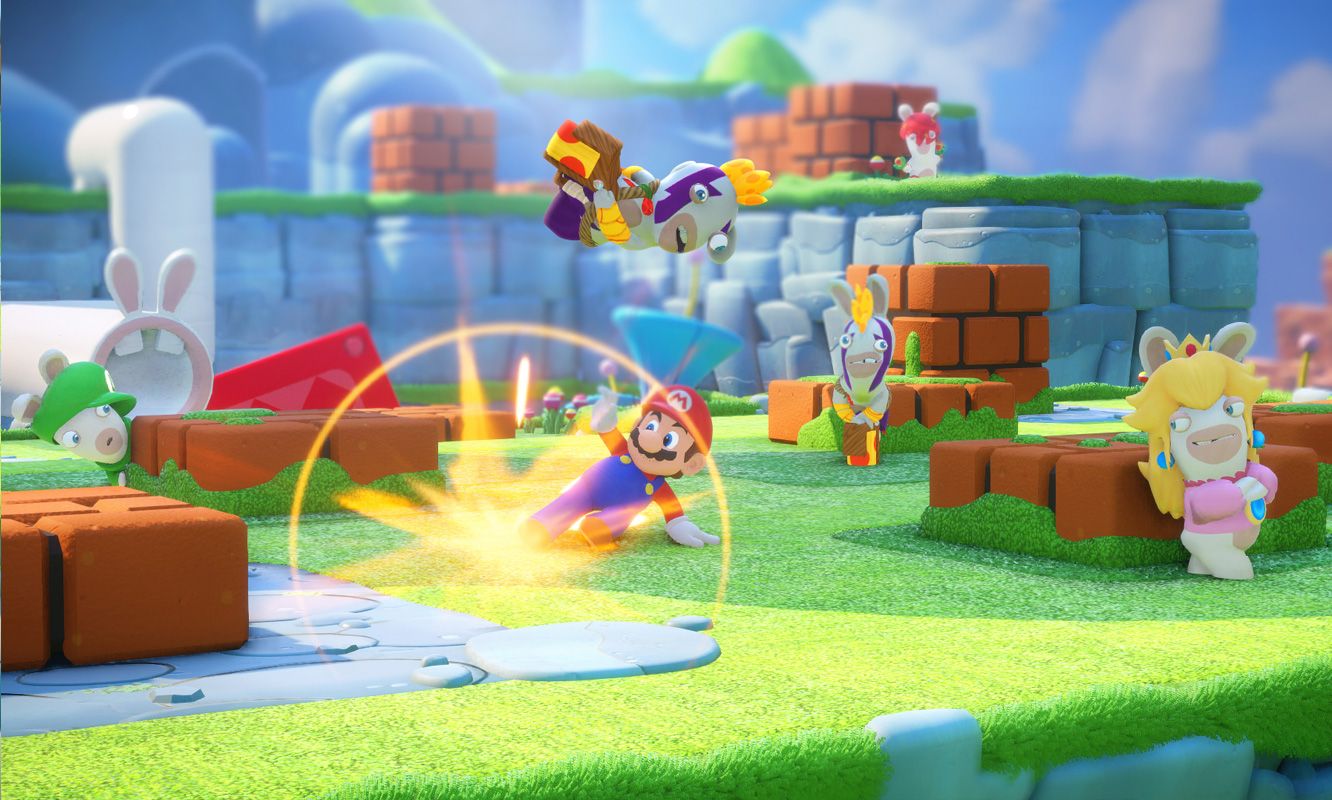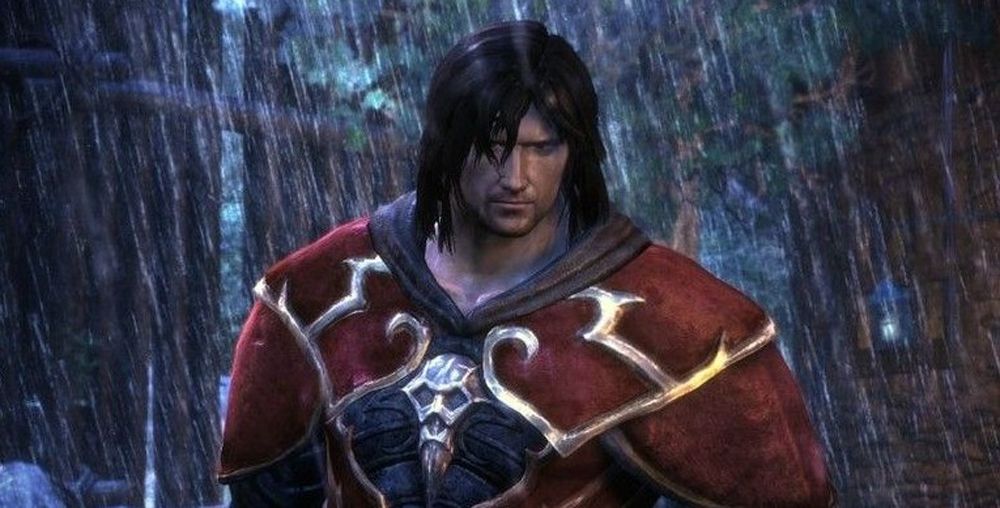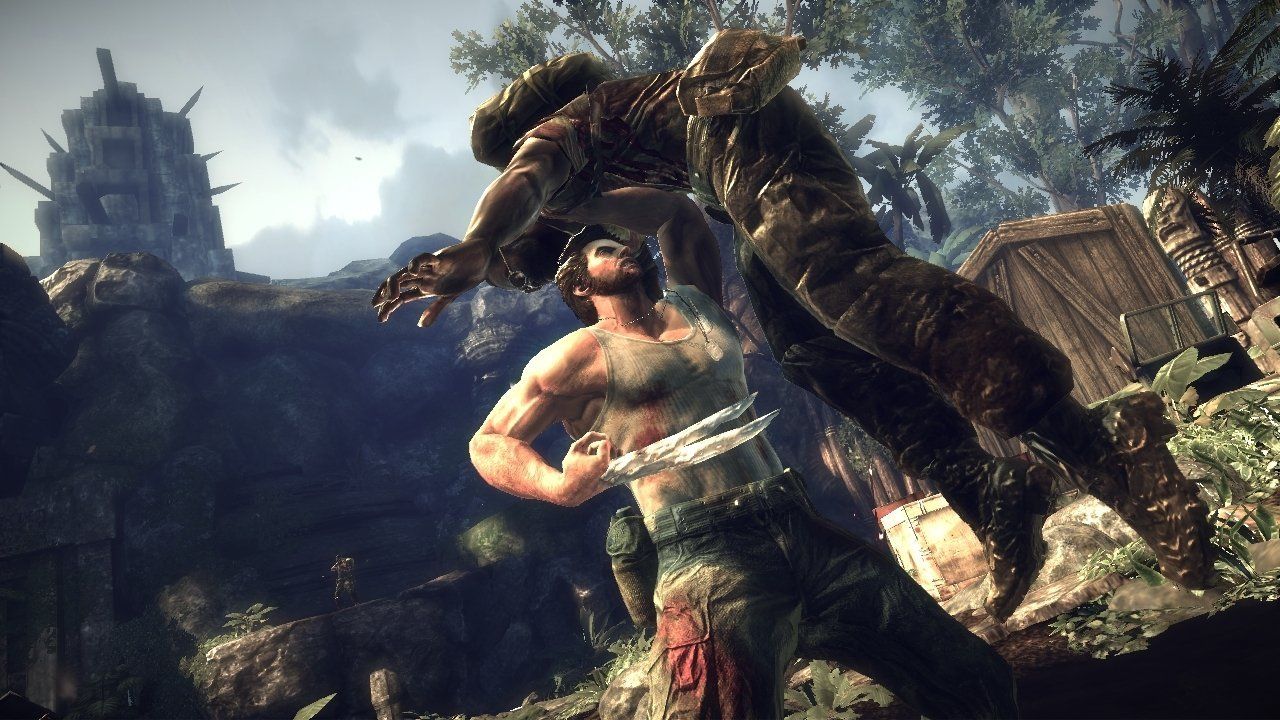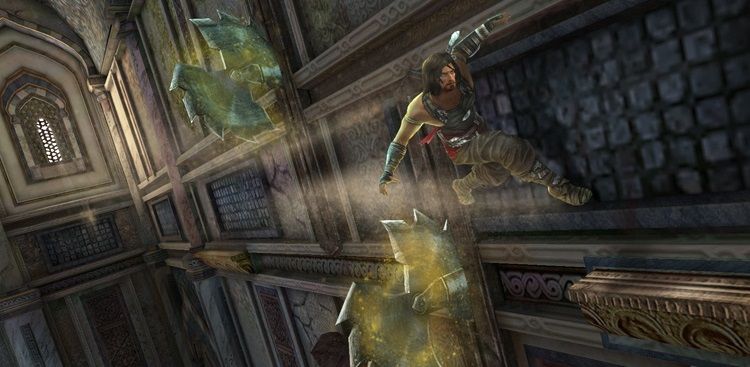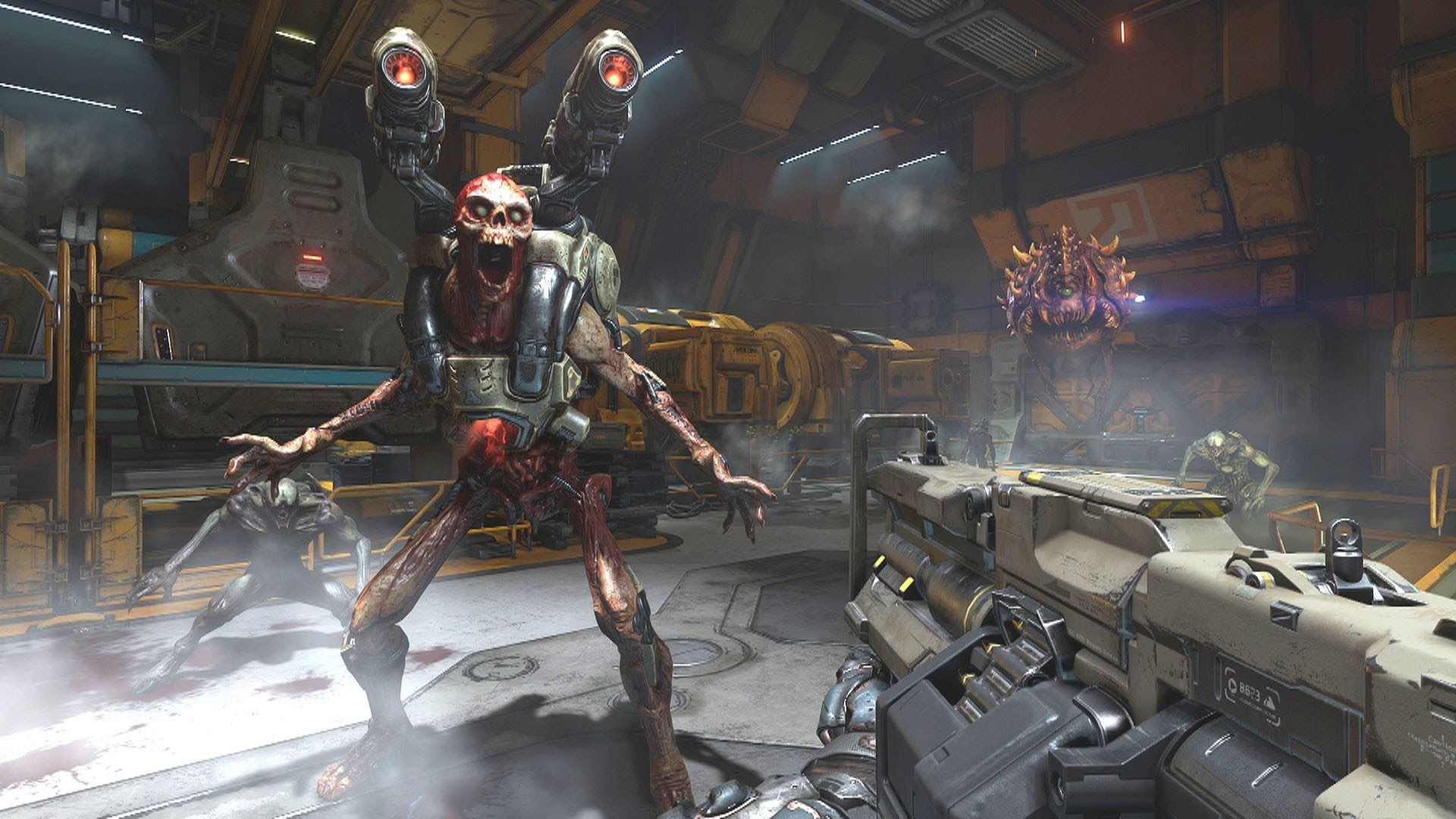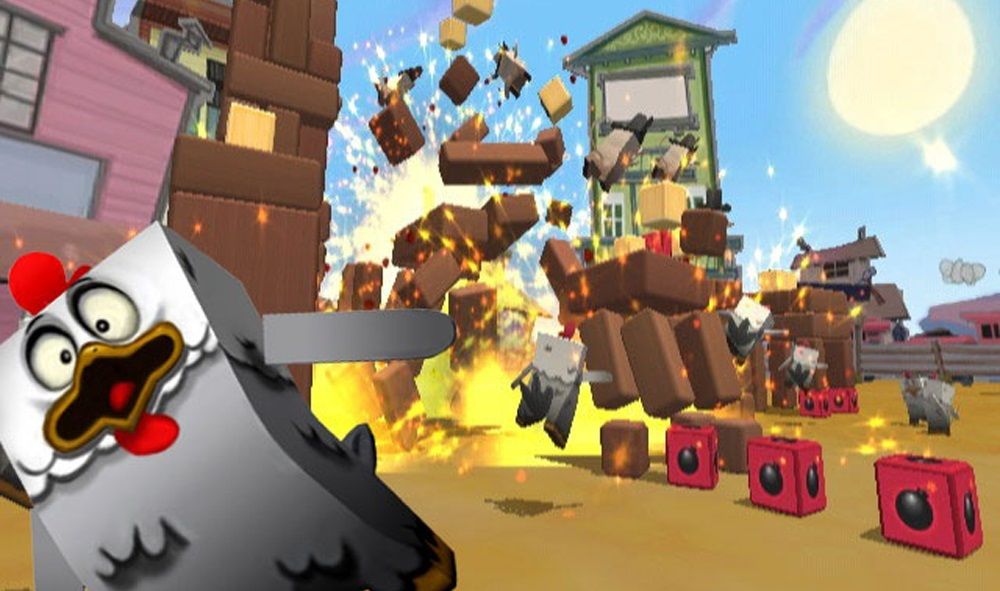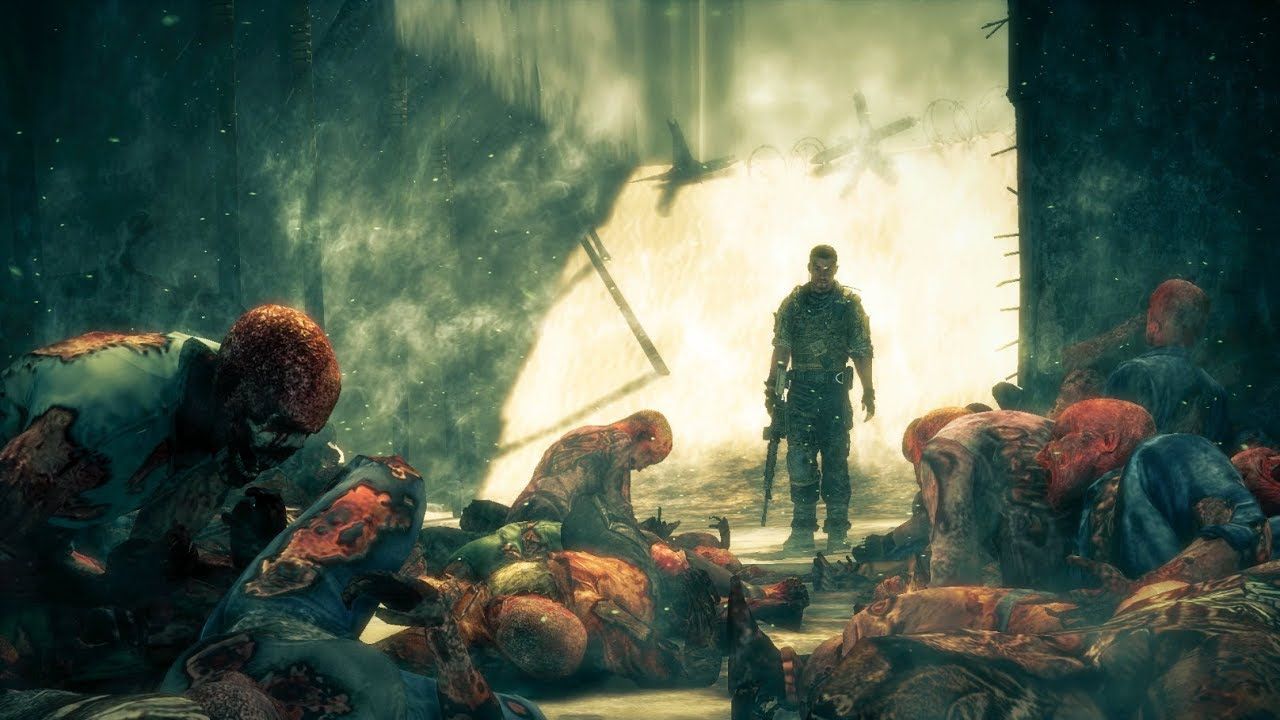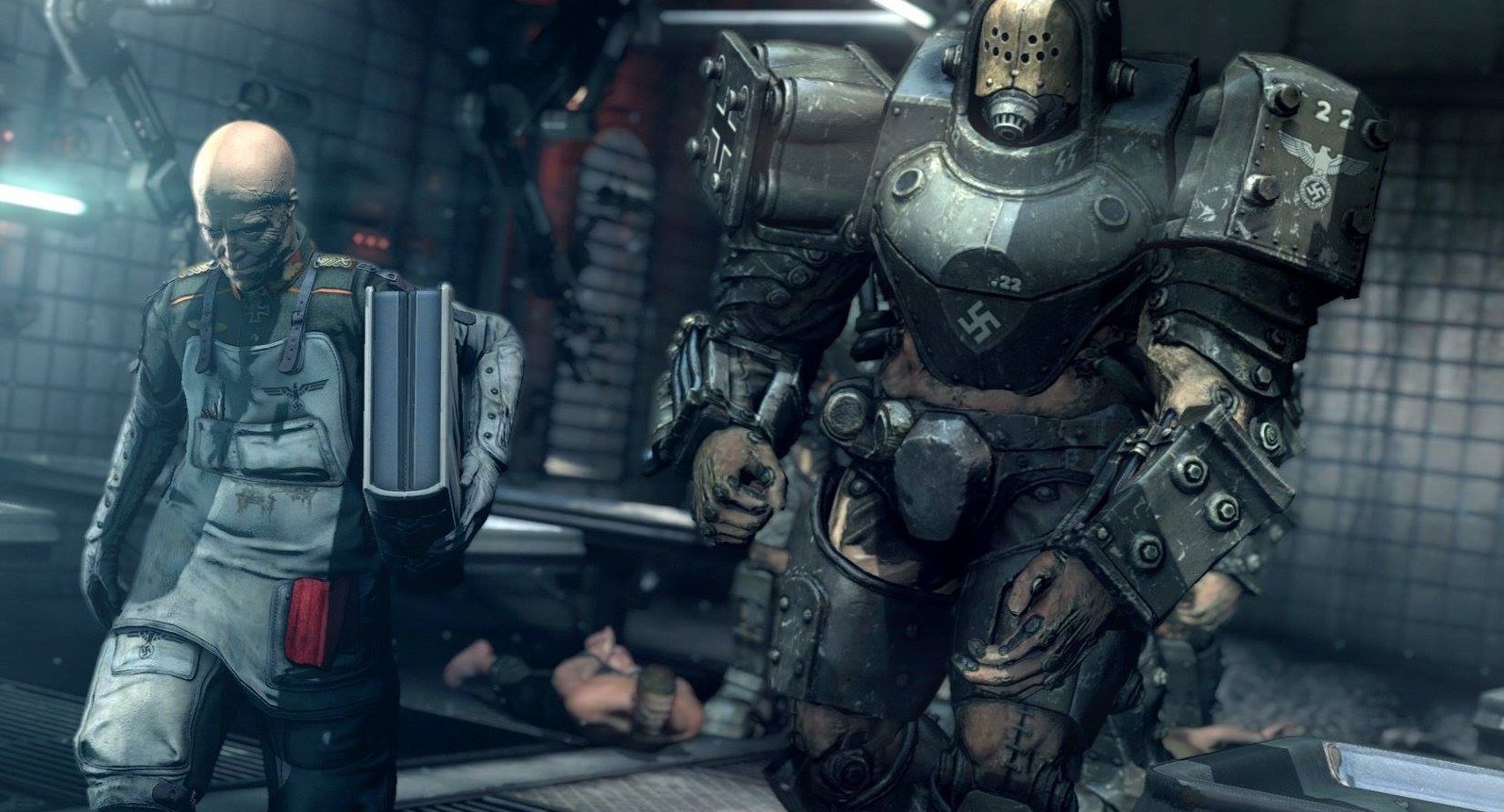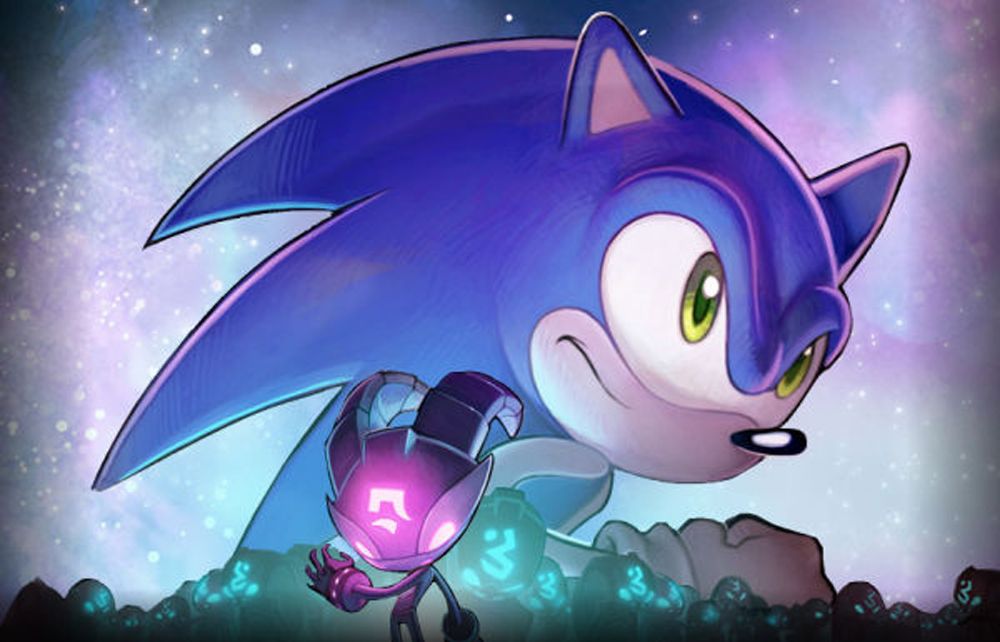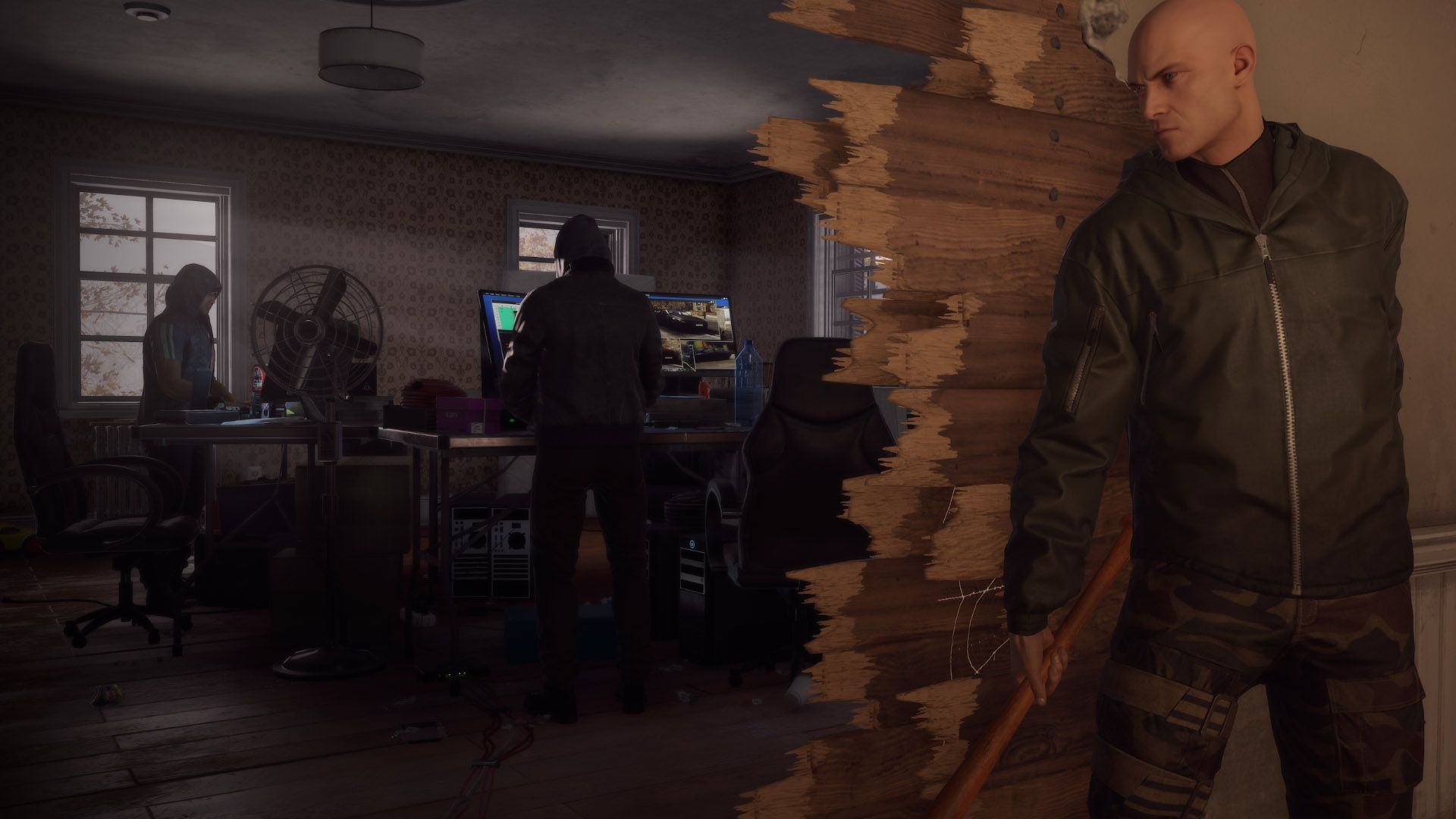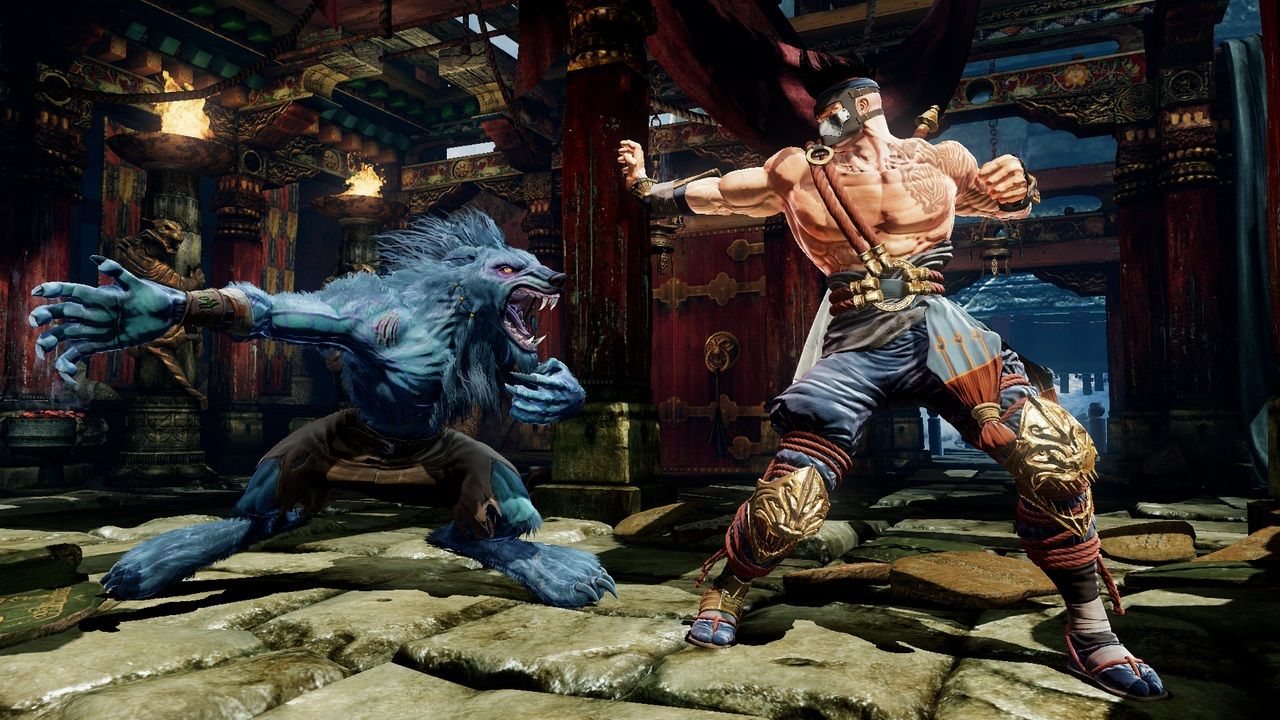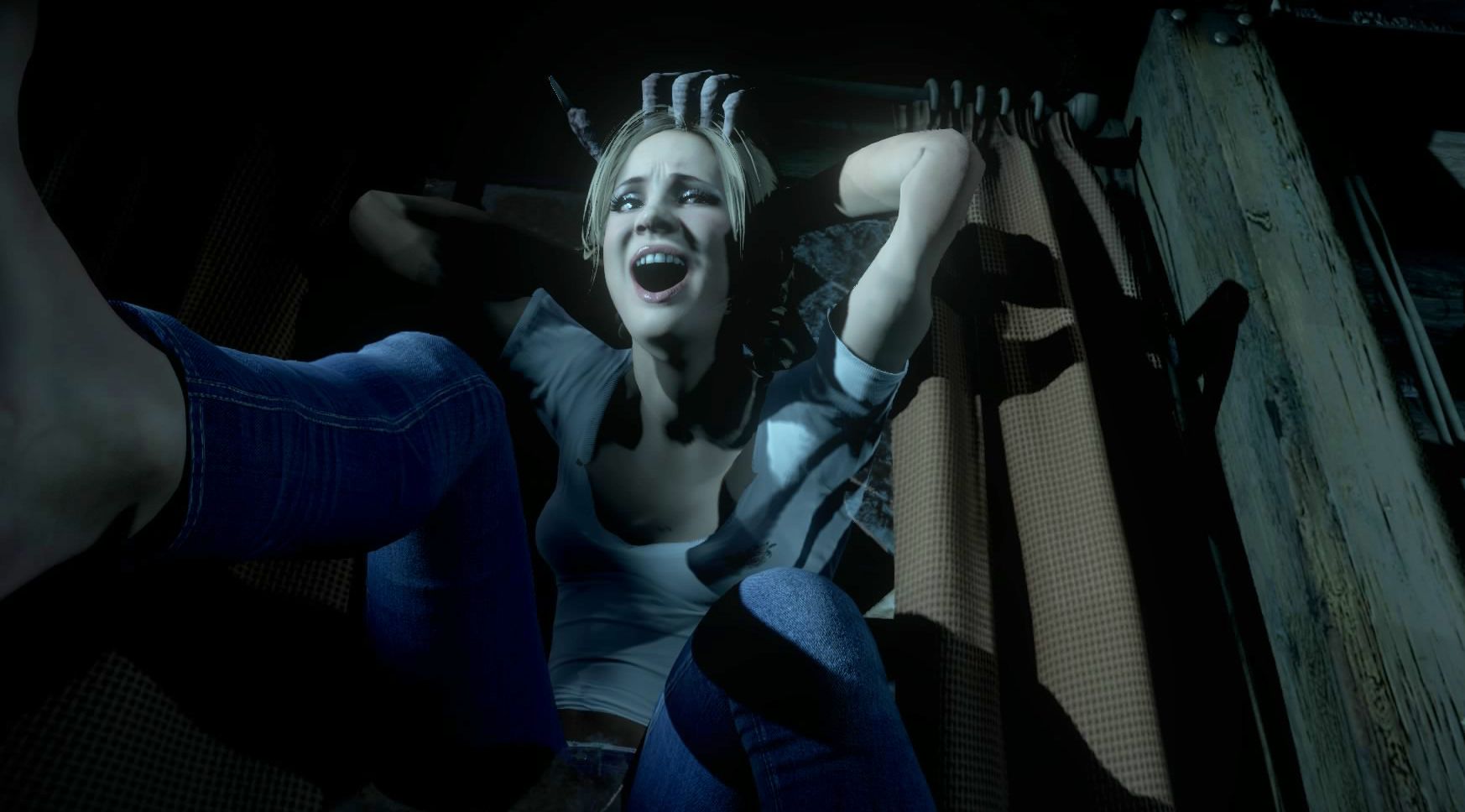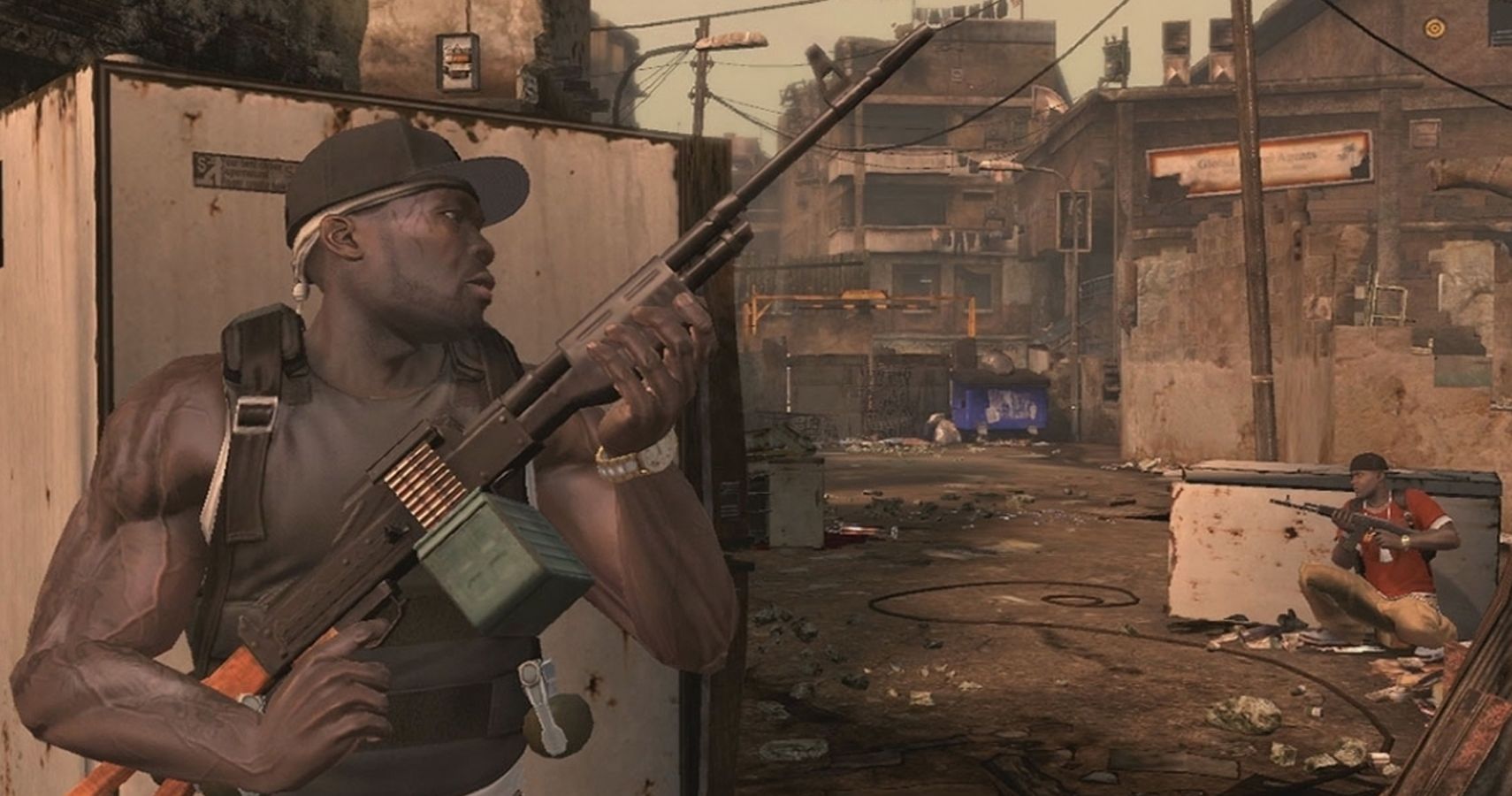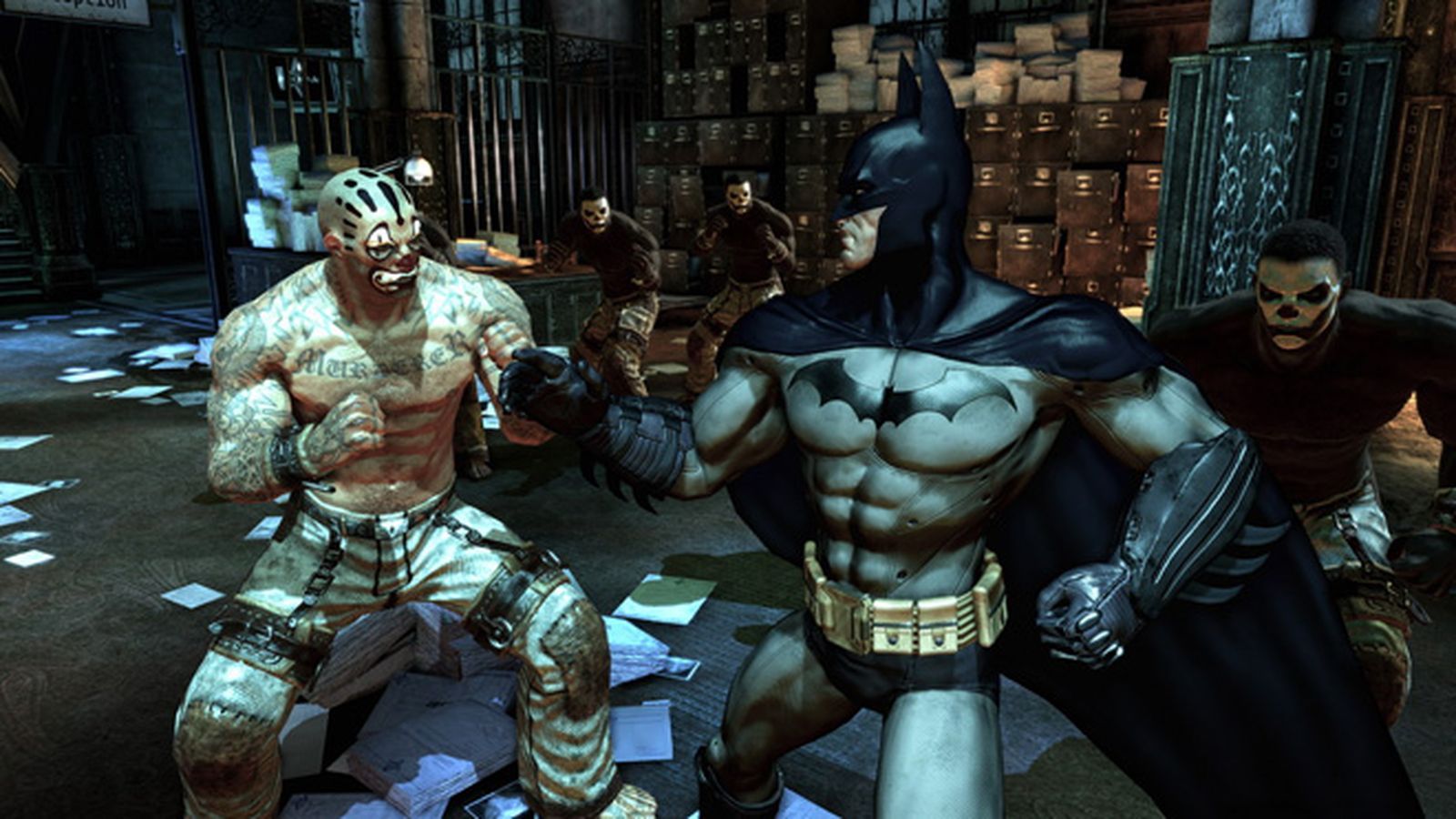Few things in the video game industry are as wonderful as the “pleasant surprise”. Sure, hyped-to-the-moon titles that live up to their promise deserve all the praise in the world. But there’s something more impressive and admirable about an exceptional game that, by all accounts, should have been a dumpster fire. Perhaps that feeling stems from society’s love of the underdog; we all enjoy a good Rocky story. Especially when we get to interact with said movie analogy.
Below are 15 titles that managed to defy expectations of disaster. Conquered obstacles include development hell, rough-sounding premises, or the immense baggage of previous failures. More importantly, these games offer a prime reminder that we should never write off any title completely until it’s in the homes of players. You never know when an ill-fitting crossover or rappers taking on terrorists might turn out to be kind of awesome.
15 Hip Hop And Wrestling... A Good Mix?
To this day, it still amazes me that an absurd concept like wrestling rappers turned out to be so much fun. On the surface, Def Jam Vendetta appeared to be little more than a shameless cash-in on a trifecta of popular pastimes: hip hop, pro wrestling, and the fighting genre. That’s probably true to a degree, but AKI and EA Canada put in the effort to craft a genuinely enjoyable and, most importantly, fresh brawler.
The WWF No Mercy-esque grappling performed exceptionally well. Players pitted a who’s who of rap’s biggest artists (including DMX, Method Man, and Ludacris) against each other in bouts such as ladder matches, or you could just toss them in front of speeding subway trains. Those seeking narrative explanations as to why they’re punching N.O.R.E. in the face could fight through a solid (and ridiculous) story mode. Although Def Jam as a whole never reached the heights of its more established contemporaries, the series was a bright light during a relatively dark period for fighting games.
14 On Paper, This Shouldn't Have Worked
When the news first broke about Ubisoft mashing their popular Rabbids with Nintendo’s venerated Mario series, many of us cried out in disapproval. How could anyone think that burdening the industry’s biggest icon with gaming’s equivalent of Minions would be a good idea? Not only that, but in an XCOM-style strategy game? Mario shoots a gun? What twisted dimension of Hell spawned this idea?
Evidently, it was the don’t-judge-a-book-by-its-cover dimension. Like chocolate, bacon, and... something else weird/tasty, Mario + Rabbids Kingdom Battle blends three disparate elements into a surprisingly fun, cohesive whole. Battles are breezy compared to their hardcore brethren, yet retain plenty of challenge. That makes the game a wonderful entry point for newcomers while still giving veterans enough to sink their teeth into. The writing boasts chuckle-worthy lines, and the story is worth it just to see Mario thrust into zany scenarios only a non-Nintendo developer would dream up. The biggest surprise? The Rabbids don’t stink up the joint the way many people feared. Even Rabbid Peach and her selfie-obsession garners more smiles than it probably has any right to.
13 The Last Great Castlevania
For a long time, Castlevania was one of major 8/16-bit staples that just couldn’t make a successful jump to 3D. Where Mario and Zelda flourished, Castlevania faltered with debacles like the two Nintendo 64 titles and the ill-conceived Castlevania: Judgement for Wii. The PlayStation 2’s Lament of Innocence showed promise, but not enough to maintain momentum.
But like a Belmont storming Dracula's castle, MercurySteam faced the challenge head-on with Castlevania: Lords of Shadow. Although it boasted a jaw-dropping presentation, it was a radical departure from what made the franchise work in the eyes of fans. Lords of Shadow ditched open exploration and RPG mechanics for brutal third-person combat in the vein of God of War. It seemed like the series was selling out in favor of popular trends–except it worked. From the fun-as-hell gameplay to the doozy of an conclusion, somehow everything clicked to deliver one of the best surprises of the last generation. Personally, I consider Lords of Shadow the last great Castlevania game. Just don’t bring up the sequel. That never happened.
12 Seriously, This Was Based On A Movie
Condemning a game as trash before release is a terrible practice. The exception applied to licensed movie games on consoles, where haters were proven correct 99% of the time. The elite 1% includes X-Men Origins: Wolverine, which raised eyebrows for not only being a quality movie tie-in, but by being superior to the loathed film it’s based on.
From a gameplay standpoint, Wolverine isn’t much different from other hack-n-slash action games. And that's fine, because it did everything with razor-sharp precision. As everyone’s favorite amnesic stabbing machine, players unleash a berserker barrage of satisfying combat to slice and dice enemies to ribbons. Watching Wolverine's battle scars heal in real-time is great attention to detail that further made fans feel like the beloved X-Man. Developer Raven Software also went the extra mile of incorporating original story beats inspired by X-Men comics into the film’s plot. Frankly, anything that dilutes the not-great movie script is fine by me. By the way, Raven, it's never too late to give us a similar take on Logan.
11 This Series Has Come A Long Way
Wii versions of PlayStation/Xbox games were almost universally inferior. That's because they often made the mistake of merely trying to replicate the console experience on a less powerful, motion control-based system. Ubisoft smartly avoided this mistake by making the Nintendo version of 2010's Prince of Persia: The Forgotten Sands a completely different title built for the system from the ground-up. The result was quality a Wii counterpart that in some aspects surpassed the primary version.
As opposed to the element-based gameplay of the PS3/360 version, this game made good use of the motion controls with an inventive platform conjuring mechanic. Players point at the screen to create their own exploratory points, such as anchors to bridge long wall-running gaps and a wind pillar to elevate the Prince. This added a neat, free-form creativity to platforming that the other version lacked, as levels forced players to create routes rather than follow a predetermined path. An original story and setting further separated Forbidden Sands for Wii, telling the tale of the Prince and his genie companion attempting to purify a cursed kingdom in hopes of making it his own.
10 This Game Should Have Been Doomed
The march to the new Doom felt like a march towards impending doom. First revealed as Doom 4 way back in 2007, the project suffered through nearly a decade of development missteps. Along the way it was restarted from scratch due to unclear visions on the final product. Employees left the studio (including id Software co-founder, John Carmack), and the game was reported to be an all-around mess.
Other long-stewing titles like Too Human and Duke Nukem Forever were critical bombs upon release, so most expected Doom to follow suit. Exacerbating matters was a pre-release multiplayer beta that many deemed a disappointment. All signs pointed to Doom crumbling under the weight of expectations, but similar to the game’s memorable intro, Doom Guy refused to stay down. It blasted all negative expectations with tightly designed, adrenaline rush a shooter campaign, one of the best in years.
9 From The Maker Of Jurassic Park And ET...
Angry Birds may have popularized physics-based tower destruction, but Boom Blox had proven that the idea had merit over a year prior. Developed by the dream team of EA and Steven Spielberg (you read that right), players use Wiimotes to fling, throw, and lob objects at intricately stacked block structures to make it collapse in a joyous heap. Conversely, players can also play a Jenga-like game of removing blocks to prevent the tower from falling.
Despite resembling yet another piece of Wii shovelware on the surface–only now with a Hollywood stamp of approval–Boom Blox was the real deal. Sporting impressively realistic physics and a variety of block types, it required a strategic approach to demolition. Determining how things would fall guaranteed greater success than mindlessly throwing anything at everything (although that’s fun too). The sequel, Boom Blox Bash Party, refined the concept even further, blessing the Wii with a pair of excellent puzzle-party games. As for why Spielberg got involved, the answer is simple: he just wanted a thoughtful, non-violent game for his kids to enjoy. I’d say he pulled it off and then some.
8 From The Bargain Bin To Acclaim
If you’re looking for the literal definition of a bargain bin game, look no further than the Spec Ops series. Beginning in 1998 and spitting out sequels at an alarming rate (six in four years, some twice a year), the unremarkable shooters were frequently cited to be piled up in retail discount bins for quick consumption. After taking a decade-long hiatus in 2001, the series roared back to life with the announcement of Spec Ops: The Line.
The Line took heavy cues from sources like Apocalypse Now. It told the dramatic story of Captain Walker’s hunt for the leader of a rogue American squad in a destroyed Dubai, coming grips with the horrors of war along the way. Despite an intriguing premise, it still bore the tainted Spec Ops name and was developed by a no-name in Yager; was this worth getting excited for? To be blunt, yep.
The Line, the story in particular, was critically lauded. Unfortunately, the warm reception didn’t translate to sales. The Line may have been a commercial flop, but it least it earned the distinction as perhaps the best shooter you likely never played.
7 We Didn't Expect This Series To Come Back
I don’t like to generalize, but I feel safe saying that few truly expected Wolfenstein: The New Order to turn out as good as it did–I know I didn’t. After Raven Software’s 2009 comeback title failed to reignite the series, it seemed most didn’t expect MachineGames to fare much better. First-person shooters had evolved dramatically since Wolfenstein 3D first put the genre on the map; what place did the series have in today’s landscape?
Turns out the answer was to maintain that retro gameplay with a highly polished finish. The fact that approached worked out brilliantly is one thing, but the story is another matter altogether. Knowingly goofy yet highly emotional, the narrative surprised by adding a genuinely human touch to mowing down robot Nazi dogs. Once again, I can't imagine many players walked into this game expecting to feel anything but it accomplished just that. Launching about 5 months after the PS4 and Xbox One hit shelves, The New Order was among the first major surprises of this generation and stands as one of its best offerings.
6 Remember When Sonic Was Good?
It's no secret that Sonic has, deservedly, spent the better part of 15 years as the butt of the game industry's jokes. His games have largely been terrible since 2003, and only the most ardent fans held out hope for a comeback. But who would have guessed one of the hedgehog's few modern flashes of brilliance would be in the form of role-playing game developed by Bioware of all studios? The minds behind Dragon Age and Mass Effect took a stab at reinventing Sonic under their wheelhouse and it actually turned out pretty alright.
Like Mario + Rabbids, Sonic Chronicles: The Dark Brotherhood's ease of play makes it a great entry point for players jumping into RPG's for the first time. That doesn't mean enthusiasts won't enjoy it too. Combat sports neat hooks like team maneuvers and special attacks performed by tapping the stylus in rhythm. Collectible Chaos grant special bonuses to characters, which could be traded between players online. Like his rival Mario, Sonic Chronicles demonstrated the Blue Blur could find new life within the role-playing space.
5 A Return To Form
After the polarizing response to 2012's Hitman: Absolution, fans wondered how the series would rebound. When IO Interactive first revealed the follow-up, simply titled Hitman, they originally announced it would release in meaty seasons consisting of several locations/missions and hundreds of targets. Prior to release, Square Enix said "scratch that" in favor of much-reduced episodes, cutting the launch content to a prologue mission and Paris location.
The radical change in release structure forced Square to cancel existing pre-orders for PlayStation 4 since players were now buying into a different experience. The whole situation reeked of dysfunction, and it didn't help that many were skeptical of Hitman's piecemeal structure to begin with. Fans seemed unconvinced that getting one location a month was the ideal format, but largely changed their tune upon release. Hitman's gameplay felt like a return to form, and many stated sinking time into one big map per month actually made perfect sense for the series in practice. There's nothing like getting something you never knew you wanted.
4 Their Instinct Was Right On This One
Since the series' 90s heyday, a third Killer Instinct game was something fans requested/demanded. Microsoft went back and forth for years trying to get a sequel off the ground until the Xbox One rolled around. The new hardware presented the perfect opportunity to resurrect the series as a console exclusive. Exciting news for fans, but questionable decision-making cast doubts on the title.
For one, developer Double Helix had a less-than-stellar portfolio of average to bad games. Could they be trusted not to bungle this? Second, Killer Instinct's free-to-play structure worried traditionalists. They'd be given one character for free and would have to purchase others, more of which would be up for grabs in post-release Seasons. While many worried that few players would want to consume a fighting game in such a manner, Killer Instinct wowed many into buying in Season after Season. Bolstered by the development input of fighting aficionados, the game plays great and looks just as good. It also managed the tough feat of carving a comfortable space in the increasingly crowded fighting scene.
3 From Motion Control To PS4 Exclusive
Until Dawn was originally meant has a showcase title for the PlayStation Move, back when the peripheral was still trying to make a case for itself. First unveiled in 2012 and planned to release the following the year, the project instead entered quiet metamorphosis for a few years. It dropped so far off the radar that most either forgot it existed or assumed it'd been cancelled.
When it resurfaced in 2014, it transformed from a first-person, motion-controlled PlayStation 3 title to to third-person PlayStation 4 exclusive. The game's story and presentation had been completely revised. Skepticism was high; few games emerge from such a dramatic reshuffling unscathed. Until Dawn clearly isn't like very many games, as the choice-driven homage to slasher flicks earned acclaim and scared the pants off many who played it.
2 A Game About A Rapper Shouldn't Have Been This Good
G-Unit apparently stands for "Goodgame Unit (I am so sorry for that). After the mixed reception for 50 Cent: Bulletproof, only Fiddy's most hardcore supporters looked forward to the rapper's follow-up–and what an encore it was.
The story of 50 Cent: Blood on the Sand focuses on 50 and his crew getting screwed out of payment for performing a concert in a war-ravaged Middle Eastern country. When the shady promoter gives them a jewel-encrusted skull instead, the treasure is promptly stolen by terrorists. How does 50 respond? By taking the fight to the thieves himself, of course. Absurd story aside, the game itself is a surprisingly solid co-op shooter that winds up being a blast partly because of how silly everything is. It's no Resident Evil 5, but if you and a buddy need a fun way to kill an afternoon, helping G-Unit battle their way back to their Indiana Jones artifact is as good an option as any.
1 This Bat Finally Got His Wings
Batman has sat atop the perch of video game excellence for so long now, it’s becoming difficult to remember how much he used to suck. Prior to 2009, virtually any game starring the Dark Knight was mediocre at best and insulting at worst. This boggled the mind, as Batman seemed like the perfect superhero to build a great game around. But seemingly no one could do him justice.
After enduring years digital bat guano, the announcement of Batman: Arkham Asylum left gamers cautiously excited. It looked promising, but Bat fans had been burned time and again by the same song and dance of “we finally figured out Batman!” Rocksteady was also an unproven studio, with only Urban Chaos, an average and forgettable shooter, under their belts at that point. With history and inexperience against them, this should have failed. Instead, Rocksteady pulled off one of the biggest comeback stories in video games.
Arkham Asylum became not only the best Batman game at that time (and, arguably, to this day), but one of the best superhero games period. Rocksteady accomplished this with three things: a clear understanding of what makes the Batman universe awesome, an innovative and fun combat system, and stellar Metroidvania-inspired level design. After years of waiting, we finally got the Batman game we both needed and deserved.

